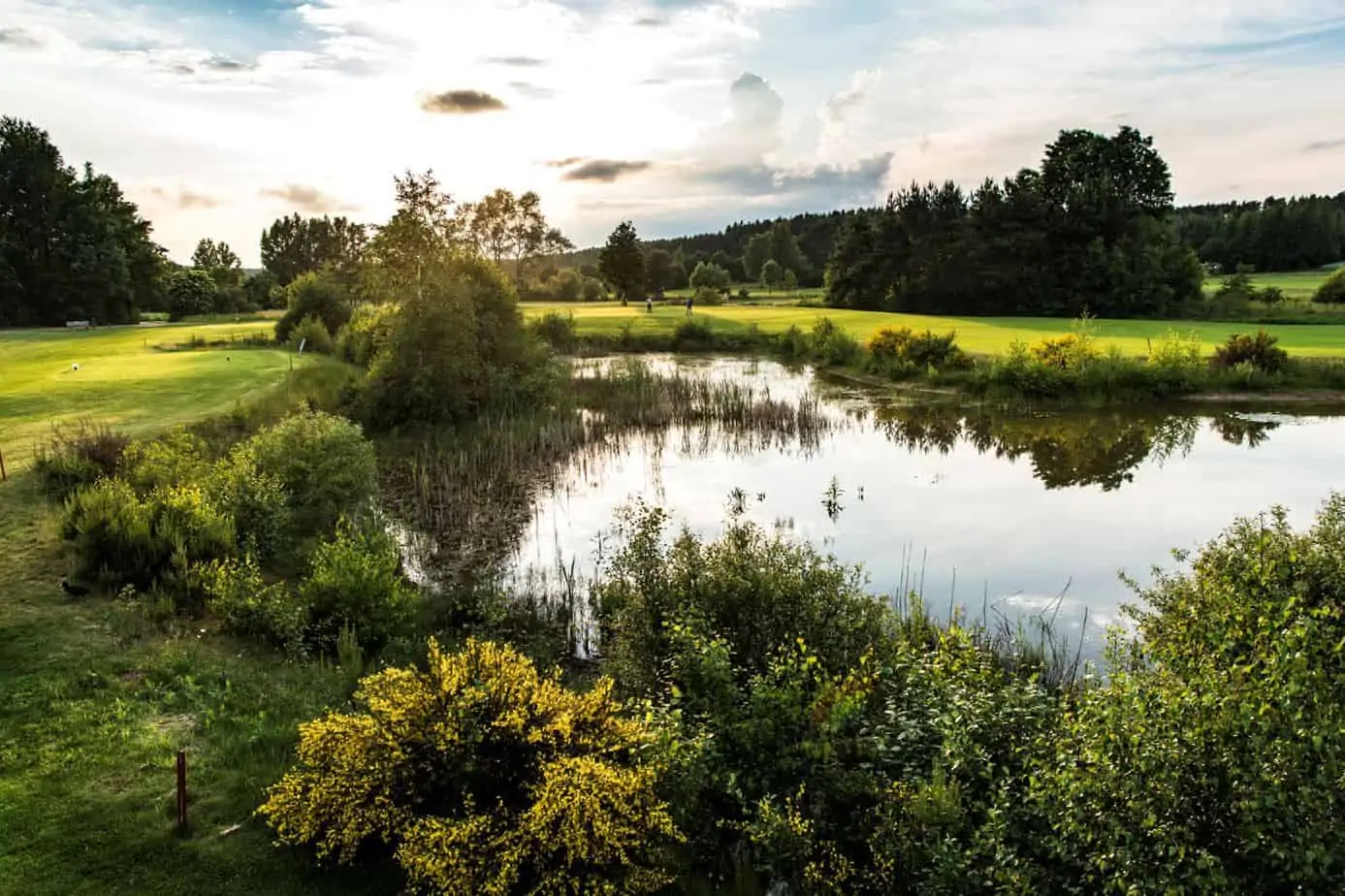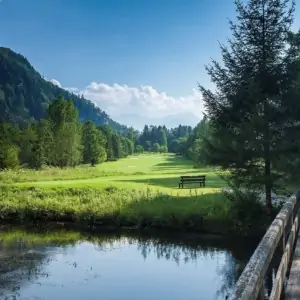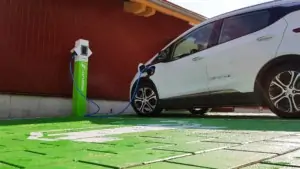Resource conservation demands new approaches
There is a spirit of optimism in the air: “When it came to the topic of water, we went very deep,” sums up Michael Schalt . When the club manager of the GC Abenberg trained as a golf business economist, he thought of classic facility management with member recruitment, tournaments, and the promotion of young talent. In the meantime, Schalt has realized that resource management is an essential part of his job. Anyone who wants to run a golf course successfully today also becomes an expert in solar energy, water and biodiversity.
Bavaria’s golf courses focus on economical use and new approaches, when it comes to energy and water consumption
The Abenberg golf club, a participant in the Bavarian Blühpakt and certified with gold in the Golf & Natur program, faces a challenge when it comes to water, which many clubs in Germany share. Only those who can prove good water management will get long-term approval from the authorities for a sufficiently high level of water withdrawal. “In parts of Bavaria, such as Upper Franconia, we are struggling with quite a drought,” explains Manfred Beer, chairman of the Bavarian Greenkeeper Association . A mix of measures ensures that golf courses keep their consumption as low as possible.
“This ranges from well-adjusted sprinkler systems and partial manual irrigation to precise measurements of soil moisture and switching to drought-resistant grasses,” explains Beer. The image of the water waster – that makes it clear – is wrong for golf courses.
Just like that of the water polluter. This is proven by a look at the GC Garmisch-Partenkirchen , whose facility is located in the water protection area of the Loisach Valley. Where the city of Munich operates one of its two drinking water reservoirs. Years of measurements of the groundwater below the golf course show that the nitrate levels in this area are minimal, which is why Stadtwerke München has been cooperating with the club in Oberau since 2020. With the help of an ISO-certified management system, the use of fertilizers and sprays is precisely documented. For Rainer List, head of water production at Stadtwerke München, the “prejudice that the maximum amount of funds is distributed on a golf course first so that everything is nice and green” has come to an end.
The importance of the topic of resource conservation is gaining in importance on golf courses. The personal conviction of many decision-makers also increasingly leads to the use of alternative energies. “When we had to rebuild the caddy hall in 2019, we wanted to convert everything to solar energy,” explains Johannes Siemenczuk from the Allgäu Golf and Country Club . The electric charging station on the golf course is now operated with self-generated electricity, as are the electric cars.
At GC Abenberg, the investment is not quite as large as that of the colleagues in the Allgäu region, but there, too, they invested in a photovoltaic system in 2020, which at least covers part of the electricity consumption. Electric charging stations can now be found on numerous golf courses anyway. “This year, the two connections were always well manned,” sums up Kariem Baraka, Managing Director at GC Riedhof .
The topic of e-mobility will occupy golf courses more in the future. The Munich Golf Club is quite enthusiastic about the two electric green mowers that have since been purchased. “We no longer have a noise problem, the green quality is better and on top of that it’s environmentally friendly,” explains Managing Director Alexander Sälzler. It is new territory that the traditional club has entered here. Exciting. As I said: There is a spirit of optimism in the air.
The article was published in November 2020 in the Bavarian Golf Association’s “Golf Natur Erlebnis” magazine.









